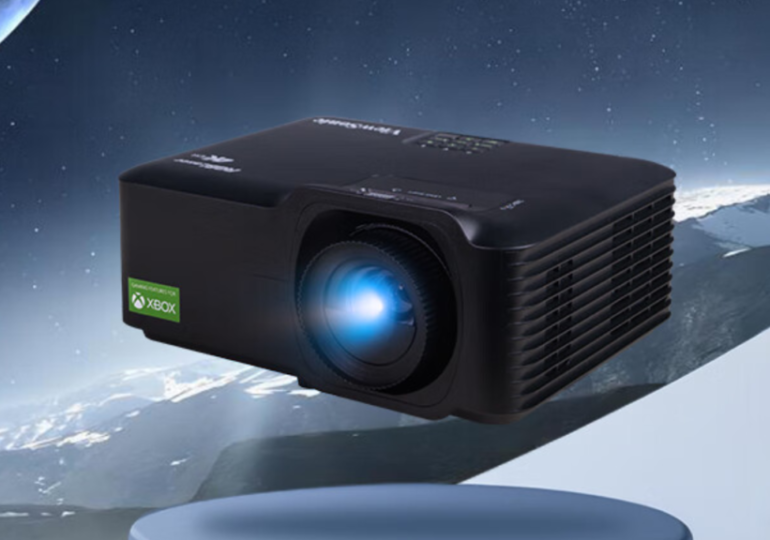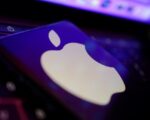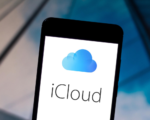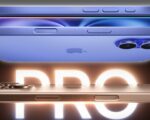Apple Reportedly Set to Adopt OLED Displays for All iPhone Models Starting in 2025

Apple Introduces OLED Displays in Latest iPad Pro Models Released
Apple is poised to transition to organic light-emitting diode (OLED) displays for all iPhone models starting in 2025, as reported by Japan’s Nikkei newspaper. This strategic move signifies a complete shift away from liquid crystal displays (LCDs), marking a new era for Apple’s flagship devices. The decision reflects broader trends in the tech industry, where manufacturers increasingly prefer OLED technology due to its ability to produce more vibrant colors and enhanced contrast, making it ideal for high-definition video content.
The shift to OLED displays will have significant implications for Apple’s supply chain, particularly affecting companies like Japan’s Sharp Corporation and Japan Display. According to the report, this transition means that these firms will no longer be part of Apple’s display supply chain, as they have not been able to mass-produce OLED displays for smartphones. This change comes as Apple is seeking to ensure that its displays meet the highest standards of quality and performance, which OLED technology offers over traditional LCDs.
As part of this transition, Apple has already begun placing orders for OLED displays for the upcoming iPhone SE model. These orders are being fulfilled by China’s BOE Technology and South Korea’s LG Display. This move not only indicates Apple’s commitment to adopting OLED technology across its entire iPhone lineup but also reflects its strategy to diversify its supply chain and reduce reliance on any single manufacturer.
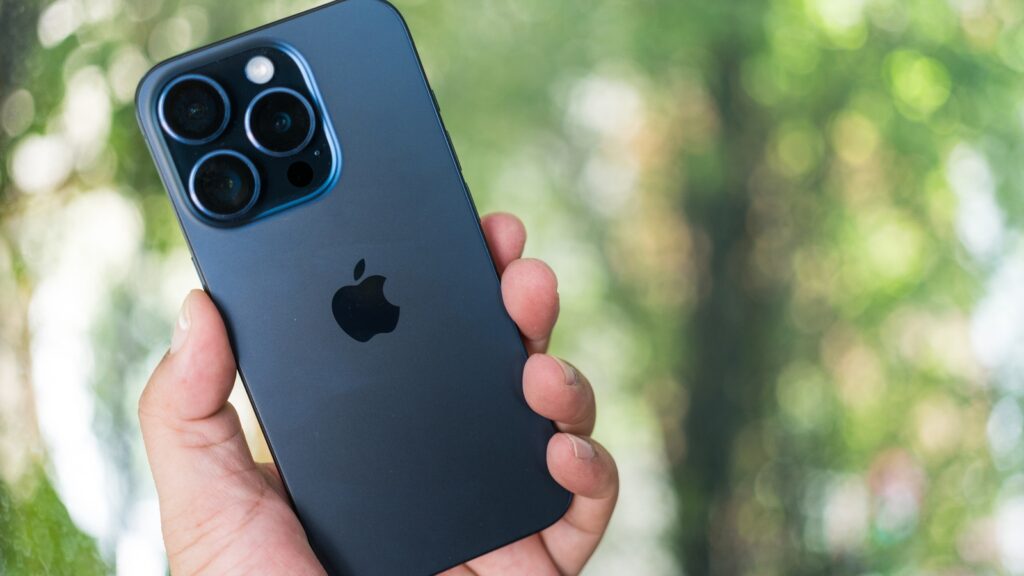
Historically, Sharp and Japan Display held a dominant position in the iPhone display market, with a combined market share of about 70% a decade ago. However, their focus has shifted primarily to supplying LCDs, particularly for the iPhone SE. This shift in strategy indicates a significant decline in their influence within the smartphone display market, especially as OLED technology continues to gain traction.
Apple’s journey with OLED technology began with the launch of the iPhone X in 2017, where it first introduced OLED panels to its devices. Since then, the company has progressively adopted OLED displays for its premium models, recognizing the superior visual quality they offer. The recent introduction of OLED screens in the latest generation of iPad Pro models, launched in May, further exemplifies Apple’s commitment to enhancing user experience through cutting-edge display technology.
Despite these significant changes, both Sharp and Japan Display, along with LG Display, have declined to comment on the report, as has Apple. This lack of immediate response highlights the sensitivity surrounding supply chain relationships and technology transitions. As Apple prepares for this new phase in its iPhone development, industry observers will be closely watching how these changes affect the company’s product offerings and overall market strategy.


